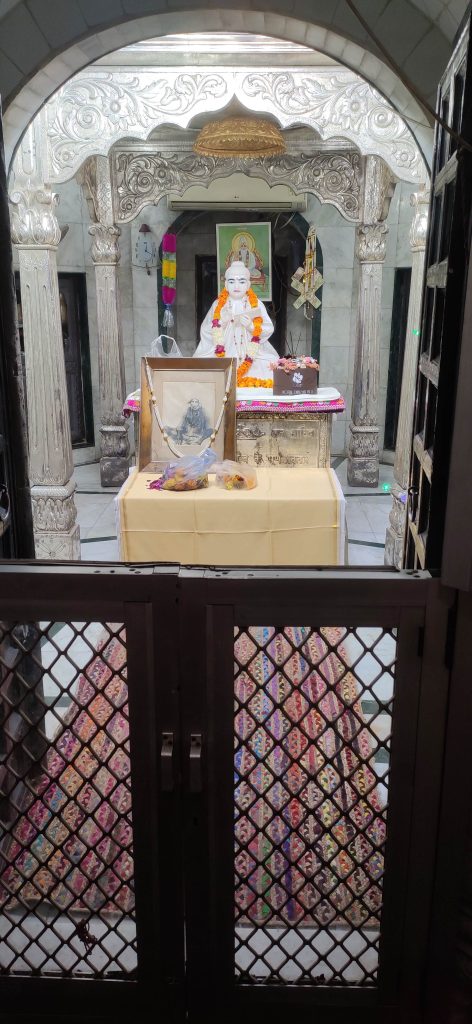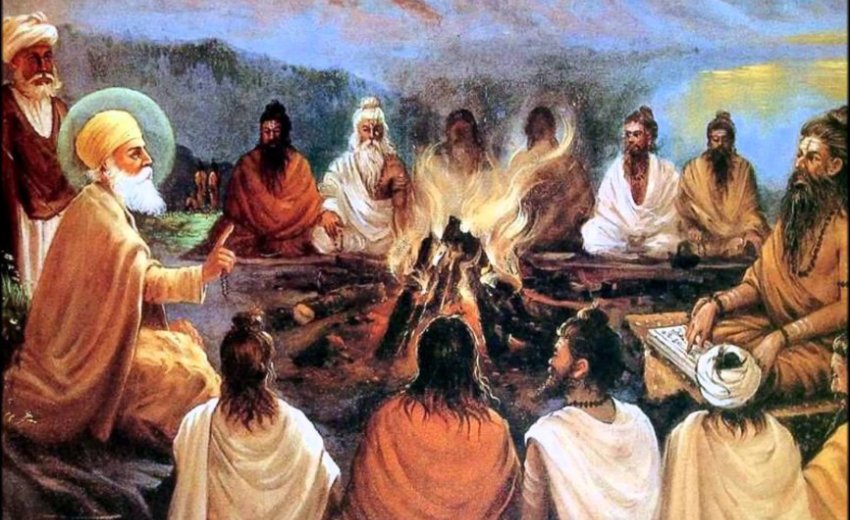Discover Bani Bhagatan Satix, an in-depth exegesis by Pandit Tara Singh Narotam on bhakta hymns in the Guru Granth Sahib, reflecting Vedantic insights.
Explore the Gharibdasias, followers of Sant Gharibdas, known for their unique traditions blending Sikh influences. Learn about their vibrant cultural heritage.
Explore the sacred dialogues of Guru Nanak in goshtis, blending metaphysical debates with insights into living a life cherished by the Lord's Name.
Explore the Phunhe poetic meter in Guru Granth Sahib, expressing deep devotion and longing for the Divine. Discover its origins and spiritual significance.
Explore Pothi Asavandn, an inspiring book of Sevapanthi discourses and hymns, emphasizing purity and divine contemplation for spiritual liberation.
Explore SANTMAL by Bhai Sobha Ram, a 19th-century Punjabi verse account with detailed biographies of Sevapanthi saints, unique historical insights, and more.
Explore the hagiographies of Sevapanthi saints in SRI SANT RATAN MAL, featuring key figures like Maharaja Ranjit Singh. Rich in historical insights.




